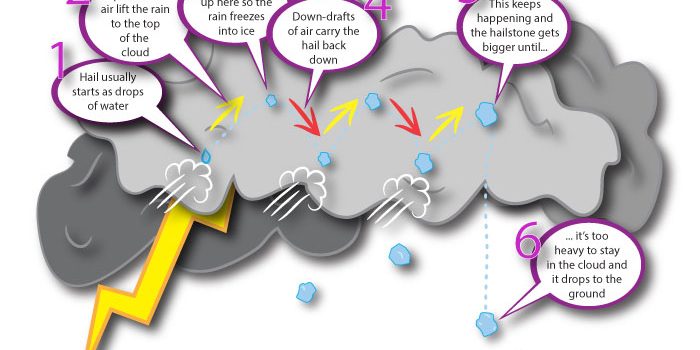The simple science twins are back to answer more of your questions; this one is all about hailstones and it comes in from five year old Matthew who can sometimes be found over on Office Mum’s blog. Matthew would like to know… Read more

Science, Curiosity and Life

The simple science twins are back to answer more of your questions; this one is all about hailstones and it comes in from five year old Matthew who can sometimes be found over on Office Mum’s blog. Matthew would like to know… Read more
 |
| photo credit: Theophilos via photopin cc |
Clouds are made up of tiny drops of water or ice crystals. They form when warm air picks up water vapour from the land or sea and carries it into the sky turning it into water droplets or ice crystals!
Did you know…all clouds are white but can appear grey or dark when seen from below? This may be due to the amount of water they contain and shadowing by clouds above them.
 |
| Cumulus Clouds photo credit: Nicolai Grut via photopin cc |
 |
| Cirrus Clouds photo credit: Gerry Dincher via photopin cc |
 |
| Alrostratus Clouds photo credit: Anita363 via photopin cc |
Therefore a cloud named Altostratus would mean a cloud that forms in layers and sits between 6,500 and 20,000 feet above land.
The latin word “Nimbus” is used to name rain clouds!
 |
| Cumulonimbus Clouds photo credit: izoo3y via photopin cc |
Clouds called Cumulonimbus are often referred to as thunder clouds as they usually bring thunder storms!
Thunder clouds (Cumulonimbus) usually travel about 64 kilometres per hour (kph). The highest clouds (above 20,000 feet) can reach speeds of over 160 kph!